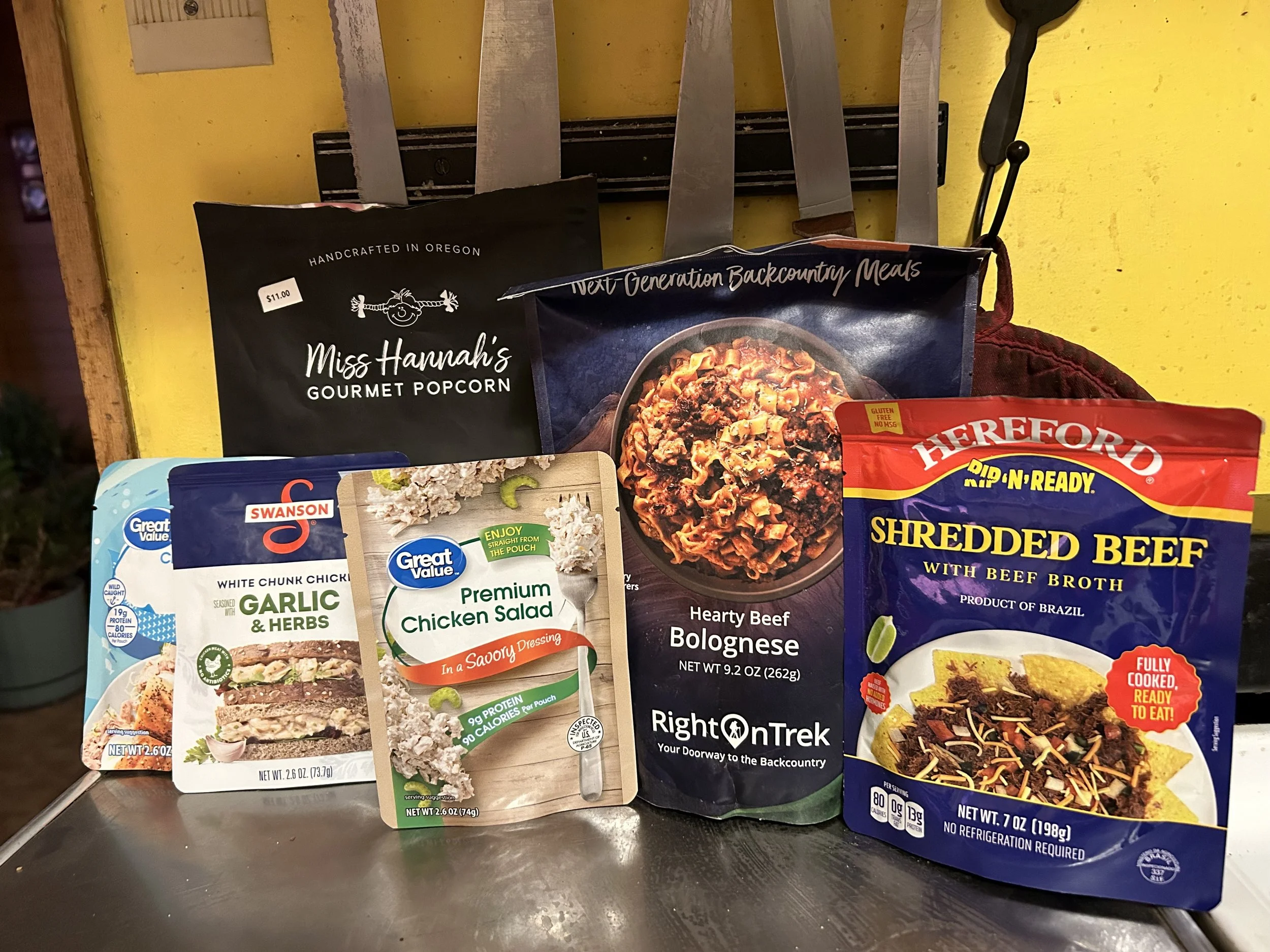Puzzle Pieces of Land and Food System
This happens every winter.
As the land sleeps, I pause to consider how to become a land steward.
I guess each of us who owns land is a land steward, good, bad or indifferent.
I want to be a land steward who encourages the systems on and under the land to thrive.
I don’t have to know exactly how all of the cogs in each system turn, but I want my land management to enhance the air, water, soil, and living beings that contribute to those systems.
I need to know enough so I don’t stumble into harming one of those cogs.
I’m the product of a reductionist education with a mind that thinks in systems.
Teachers taught me to take apart the pieces of each puzzle -- each cog of a system – prove how that piece interacts with the others by eliminating variables and then put the pieces back together to understand the whole system.
Yet, reductionist thinking gets bogged down in the barriers to understanding, researchers argue about how to eliminate variables and the puzzle of understanding is never completed.
They miss the whole point.
I see this in grazing management all the time.
In the 1960s, researchers expounded on the wisdom of spreading cattle over enormous pastures to graze for a month at a time so cattle would not regraze the same plants. But other variables besides palatability influence cow behavior – water, shade, hillside aspect and others.
Today, the latest-and-greatest idea is to eliminate those variables by moving cattle through tiny pastures every day, sometimes twice.
I’m pretty sure the best answer on my ranch is somewhere between those extremes.
I’m absolutely sure that the best answer changes and adapts to changing environmental conditions.
This year, my systems thinking is juxtaposed with putting pieces of a financial, production and sales puzzle into place to implement a business that doesn’t yet exist in Montana.
I’m building a food manufacturing plant that will package food that used to need refrigeration into ready-to-eat, shelf-stable meals.
Fitting the pieces of my puzzle together determines whether I can do this on a small scale even though it hasn’t ever been done here before.
I use reductionist thinking for part of my answer.
Large companies who enjoy efficiencies of scale have already done this so I can adapt some of their puzzle pieces.
But I have to create other interlocking pieces myself – where do I source enough ingredients for my meals, who else is ready to use my kitchen to make their own food and can I have everything in production in time to pay the bills?
My idea for this food manufacturing plant – my cousin called it audacious -- comes from systemic thinking.
People need shelf-stable food – it lasts longer, is easier to distribute and faster to cook and eat.
Local food systems are less efficient, but far more resilient.
They don’t depend on moving ag commodities 1500 miles to one centralized place where they turn into edible food and then moving them back to grocery shelves.
Remember a few years ago when our grocery shelves were bare?
People afraid of running out of food called me and others who had meat in our freezers, desperate to stock up.
We were the local answer to an incredibly efficient, incredibly vulnerable centralized system of feeding ourselves.
My food manufacturing plant will enhance our local food system.
This winter, I walk my pastures seeking clues to creative models, absorbing strength and humility from my sleeping land.
I know the systems that I work to enhance on the land are the foundation for the systems I am building with my financial, production and marketing puzzle pieces for my manufacturing kitchen.
